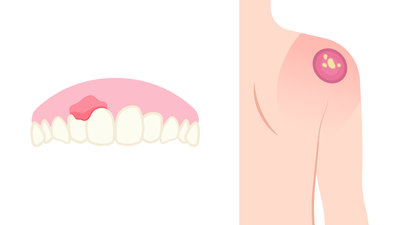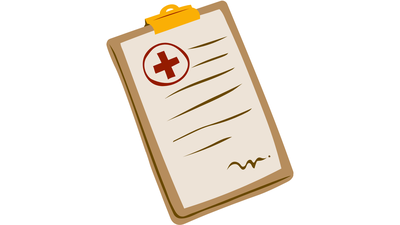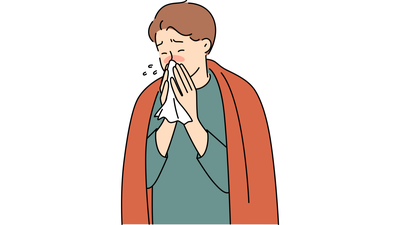This article is published from Insider's News, which is a magazine available in every NSW correctional centre.
What is an abscess?
An abscess is a localised bacterial infection that may be caused by unsafe injecting practices. The abscess will be a tender mass on your skin that is red or pink. It will feel hot and sensitive to touch.

How do abscesses form?
When your white blood cells attack bacteria, some skin and muscle can die, creating a hole. This then fills with pus, forming an abscess. People with weakened immune systems need to be extra careful as they may get infections more often. This is because their bodies are less able to fight infections.
What should I do if I think I have an abscess?
Get to the clinic for treatment as early as possible. Abscesses usually need to be treated with antibiotics to clear the infection and the pus may need to be drained.

If the abscess is small (less than 1cm), applying heat may reduce swelling. You can do this by holding a warm, clean cloth to the area for about 30 minutes, 4 times a day.
Monitor your abscess by drawing a line around the red skin. This helps you and clinic staff keep track of whether the infection is spreading.
Do not attempt to drain the abscess by squeezing or pressing on it. This can push the infected material deeper.
Do not stick a needle or other sharp instrument into the abscess centre. Doing this could/may injure the blood vessels under your skin or cause the infection to spread.
How serious can it get?
You must go to the clinic urgently if you have any of the following symptoms:
- A temperature over 38°C
- Chills/sweats
- Extreme pain at the abscess site
- Red area grows past the marks you made
- Red streaks appear above the wound
- Soreness when you try to move the affected area
- Dizziness, passing out, confusion
If you’re worried about any symptoms, go to the clinic straight away.

How do I avoid abscesses?
You can reduce your risk of abscesses by following safer injection practices. These include:
- Washing hands or wearing gloves before or after injecting.
- Cleaning equipment with FINCOL, including fits, spoons, tourniquets, etc.
- Swabbing unsterile equipment like spoons and mixing up space.
- Filtering your mix

